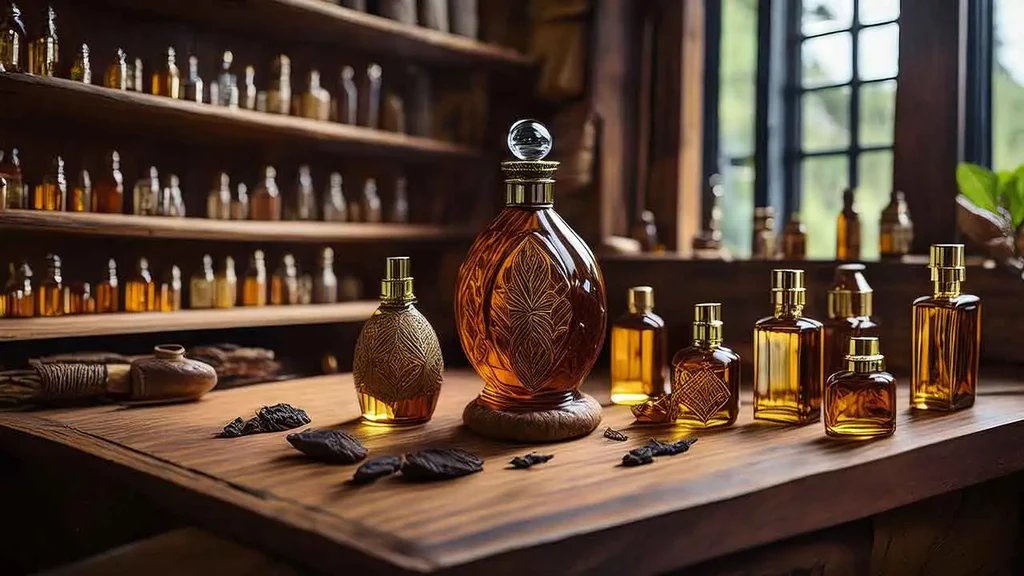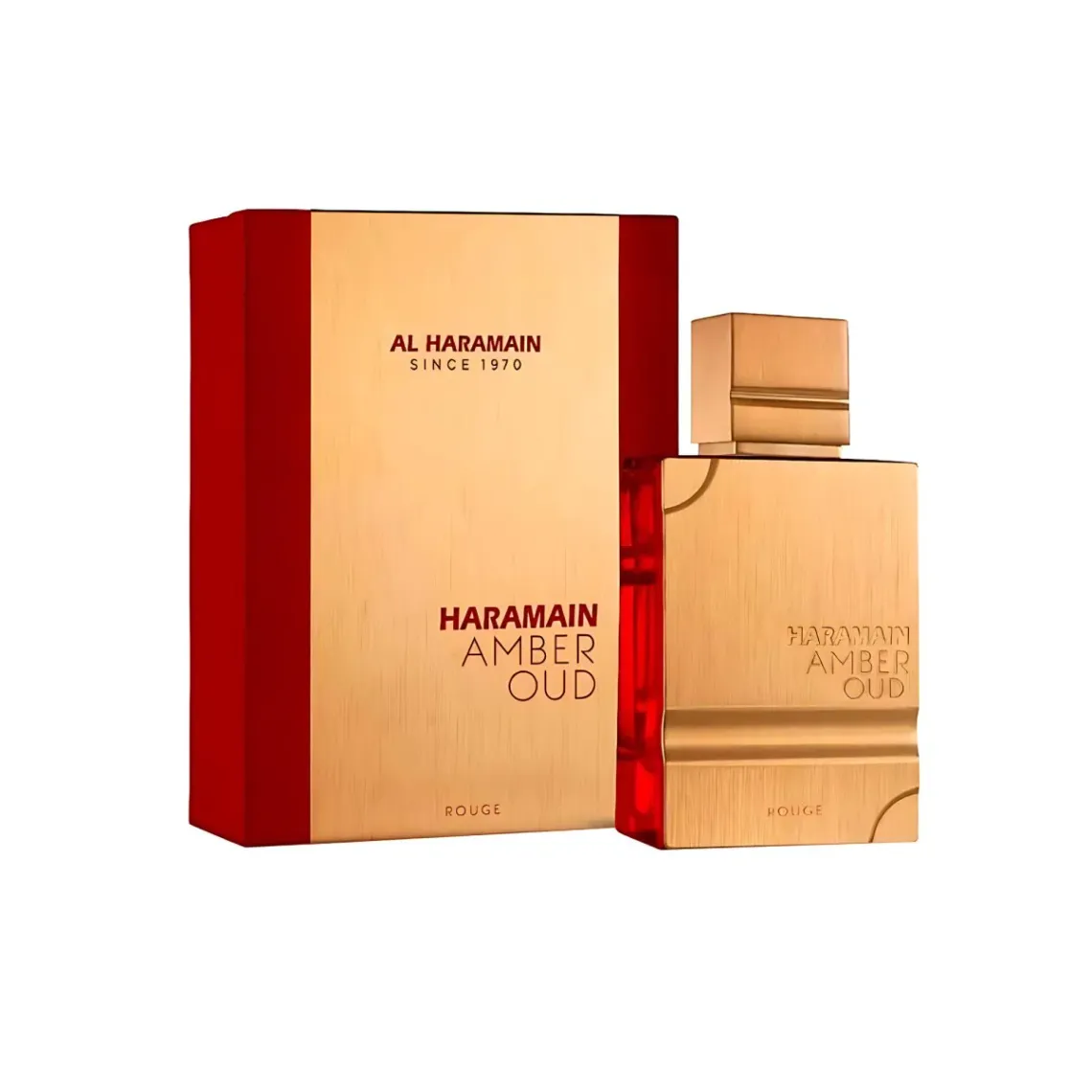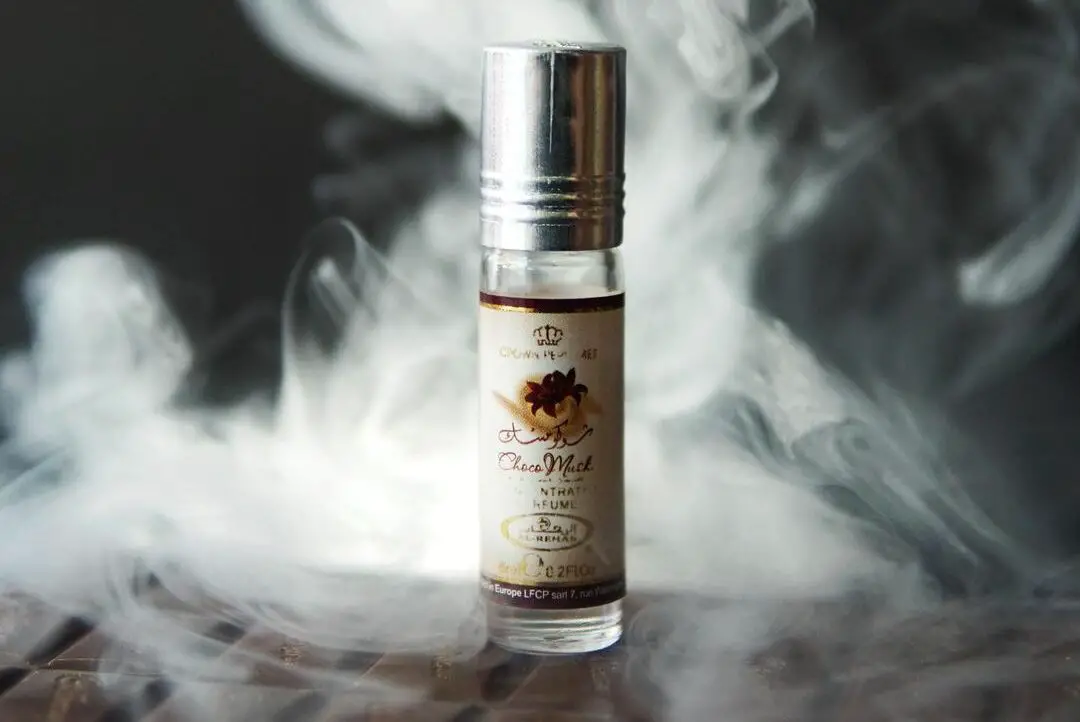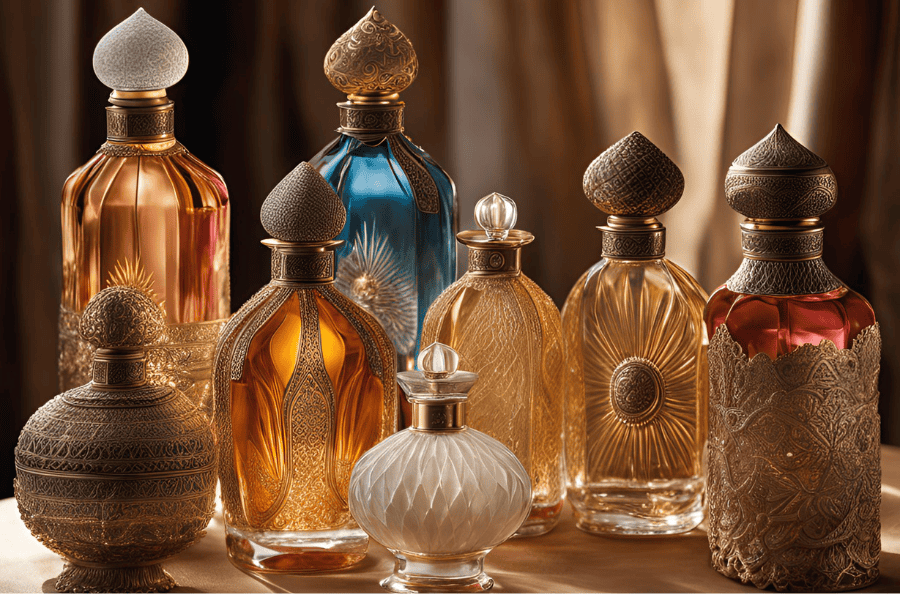Introduction: The Allure of Oud Perfume
Have you ever been captivated by the deep, woody, and sensual aroma of oud perfume? Known as one of the rarest and most luxurious fragrance ingredients in the world, oud has a storied history that spans centuries and continents. From ancient spiritual rituals to modern perfumery, oud holds a timeless allure that continues to enchant fragrance enthusiasts globally.
In this comprehensive guide, we’ll delve into the history of oud perfume, its cultural significance, its unique origins, and how it has evolved into a staple of luxury fragrance markets.
The Origins of Oud: A Natural Treasure
What Is Oud?

Oud, also known as agarwood, is a fragrant resin produced by trees of the genus Aquilaria. This resin forms only when the tree becomes infected with a specific type of fungus (Phialophora parasitica). In response to the infection, the tree produces this dark, aromatic resin as a defense mechanism.
Where Is Oud Found?
The highest-quality oud is sourced from tropical forests in:
- Thailand
- India
- Vietnam
- Burma (Myanmar)
- Laos
The Rarity of Oud
Only one in a hundred Aquilaria trees naturally produces oud, making it an incredibly rare and valuable material. Due to its scarcity and the increasing demand, many countries now protect Aquilaria trees, and some growers artificially inoculate them to produce oud more sustainably.
Oud in Ancient History
Spiritual and Medicinal Uses
Oud has been revered for centuries for its spiritual and medicinal properties. It is mentioned in some of the world’s oldest texts, including:
- The Bible: Oud is referred to as “aloes” and is associated with sacred rituals.
- Ancient Buddhist Texts: Oud is burned as incense to aid meditation.
- Traditional Chinese Medicine: Oud is used for its calming and healing properties.

Cultural Symbolism
In many Asian and Middle Eastern cultures, oud represents wealth, luxury, and spiritual purity. Its use in traditional ceremonies and religious practices underlines its revered status.
The Evolution of Oud in Modern Perfumery
Oud’s Introduction to Perfumery
Although oud has long been used in traditional Middle Eastern perfumery, its global debut in modern fragrance markets came with Yves Saint Laurent’s M7 Eau de Parfum in 2002. This marked the beginning of oud’s transformation into a staple of luxury and niche fragrances.
Oud in Middle Eastern Culture
In the Middle East, oud is not just a fragrance but a way of life. It is often used in:
- Bakhoor: Oud wood chips burned with other resins to perfume homes, clothes, and hair.
- Layering Scents: Oud is layered with floral or spicy notes to create unique blends.
European and Asian Adoption
Luxury brands like Tom Ford, Dior, and Juliette Has a Gun have incorporated oud into their collections, creating fragrances that cater to Middle Eastern tastes while appealing to European and Asian customers.
The Decline and Reinvention of Oud
Oud Overload
The popularity of oud led to its overuse in mainstream and niche perfumery. Today, oud is found in everything from high-end fragrances to household products like detergents. This overexposure has dulled its mystique for some.
Synthetic Oud: The Modern Alternative
Due to the high cost and environmental impact of natural oud, perfumers often use synthetic oud or accords that mimic its scent. These reconstituted ouds combine notes of:
- Cedarwood
- Sandalwood
- Patchouli
- Cypriol
While not identical to natural oud, these alternatives offer similar warmth and depth, making oud fragrances more accessible.
The Fascinating History of Oud Perfume
The Future of Oud in Perfumery
Changing Trends
As consumer preferences shift toward lighter, floral, and fruity fragrances, the dominance of oud may wane. However, its legacy as a symbol of luxury and sensuality ensures its place in the portfolios of major perfume houses.
The Sustainability Challenge
With Aquilaria trees now protected in many regions, the focus is on creating sustainable oud through artificial inoculation and ethical sourcing. These practices aim to preserve this precious resource for future generations.
Why Oud Remains Iconic
Despite its challenges, oud continues to captivate because of its:
- Complex Aroma: A rich blend of woody, smoky, and resinous notes.
- Cultural Significance: A bridge between ancient traditions and modern luxury.
- Versatility: Found in perfumes, incense, and even cosmetics.
FAQs About Oud Perfume History
1. What Does Oud Smell Like?
Oud has a complex scent profile that is warm, woody, smoky, and slightly sweet. It’s often described as deep, sensual, and luxurious.
2. Why Is Oud So Expensive?
The rarity of natural oud resin and the labor-intensive process of harvesting it make it one of the most expensive fragrance ingredients.
3. Is Oud Sustainable?
Efforts are being made to cultivate Aquilaria trees and produce oud sustainably. Synthetic oud also offers a more eco-friendly alternative.
4. How Long Has Oud Been Used in Fragrances?
Oud has been used for centuries in traditional Middle Eastern perfumery and gained global recognition in the early 2000s.
5. Are All Oud Fragrances the Same?
No. Oud fragrances vary widely, with some leaning toward earthy and smoky notes, while others incorporate floral or fruity elements.
Conclusion: The Timeless Appeal of Oud
The history of oud perfume is a testament to its enduring allure. From ancient rituals to modern luxury, oud remains a symbol of refinement and sophistication. As the fragrance industry evolves, oud continues to inspire, reinventing itself while staying true to its roots.
Whether you’re a connoisseur or a curious beginner, oud offers a journey through time, tradition, and tantalizing scent.
Internal Links for Related Content:




